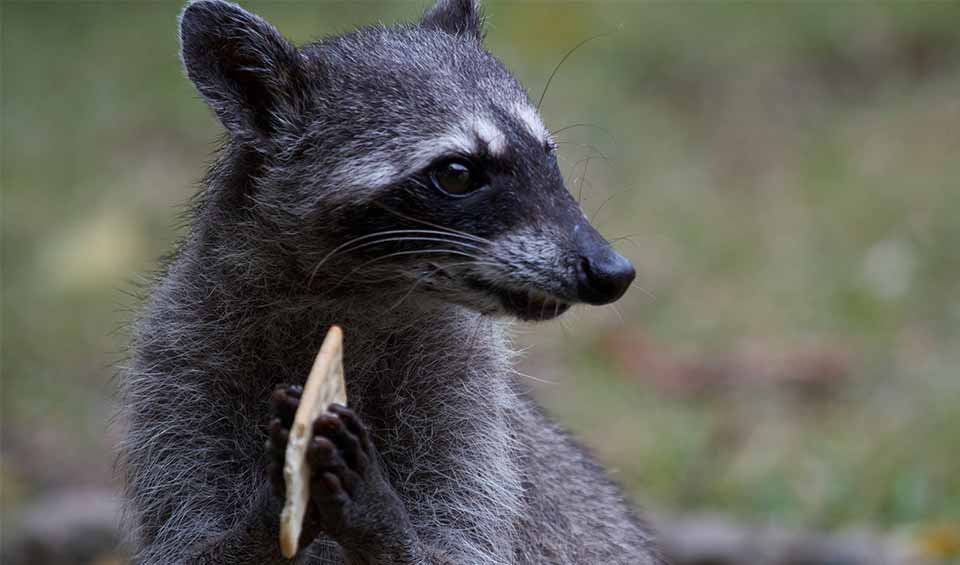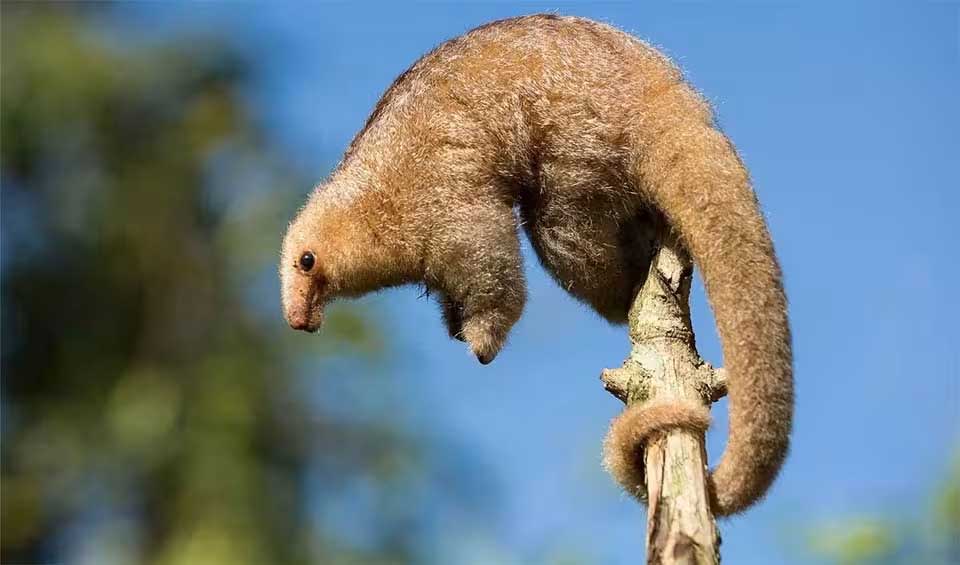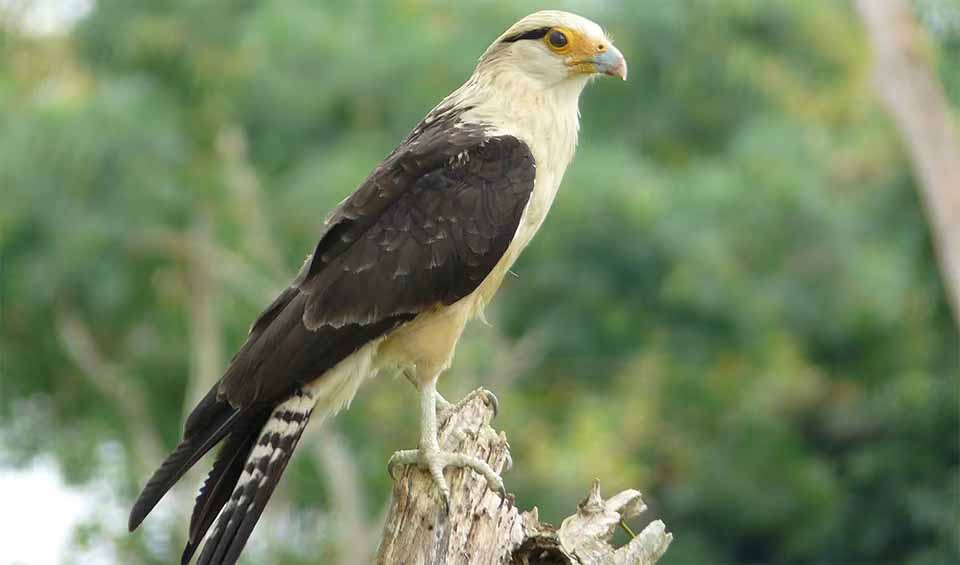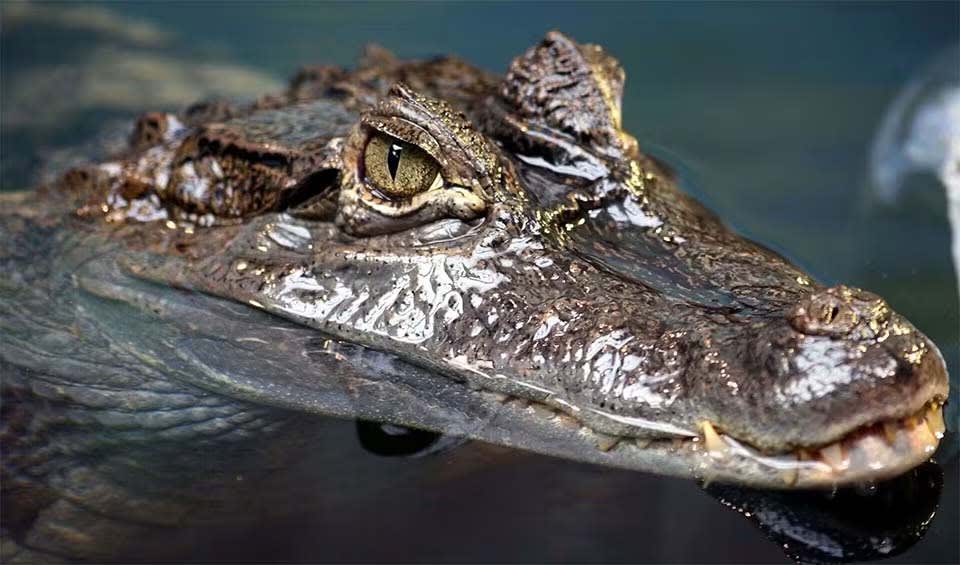Trinidad and Tobago, situated at the southern end of the Windward Islands in the Caribbean, are the two main islands of an archipelagic state. The islands are separated by approximately 32 km (20 miles), and Trinidad lies 13 km (8 miles) from the Venezuelan mainland. The combined land area of the two islands is 5126 km² (1,979 mi²), while their Exclusive Economic Zone (EEZ) spans roughly 75,000 km² (28,958 mi²), approximately 15 times their land area. The islands lie on the South American Continental Shelf and are influenced by the Orinoco and the South Equatorial Current, which affect marine conditions.
Unlike other Windward Islands that have ecosystems dominated by island endemic species, the biota and terrestrial habitats of Trinidad reflect the ecology of equatorial South America due to its recent separation from the mainland. The islands boast a vast range of terrestrial ecosystems, including seasonal evergreens, littoral woodlands, montane rainforests, swamp forests, marshes, and savannahs.
Four pillars elaborated:
Trinidad and Tobago boast a diverse range of protected areas spanning terrestrial, marine, and coastal zones, crucial for safeguarding the country’s rich biodiversity and ecological integrity. These designated areas serve as vital sanctuaries for numerous species and ecosystems. Notable among them are the Caroni Swamp, renowned as a crucial habitat for the iconic Scarlet Ibis; the Nariva Swamp and Coastal Zone, designated as a Ramsar site celebrated for its wetlands and diverse avian population; the Trinity Hills and Eastern Extension, characterized by picturesque mountains adorned with lush forests and cascading waterfalls; the North-East Tobago Marine area, encompassing coral reefs, mangroves, and seagrass beds; and the Main Ridge Forest Reserve, home to the endemic Trinidad Piping-guan and various other rare species, sheltered within its verdant confines. These protected areas collectively represent a commitment to conserving Trinidad and Tobago’s natural heritage for future generations. Land Management
Land Management
The rapid and continuous development observed in both Trinidad and Tobago has precipitated alterations in the scope and integrity of natural ecosystems, with the most pronounced effects witnessed in forests and coastal systems, including mangroves, coral reefs, and seagrasses. These transformations have been notably concentrated in the western regions of both islands. The primary drivers behind these changes are shifts in land use and land cover, which have significantly contributed to biodiversity decline across all biomes in Trinidad and Tobago. Predominantly, deforestation and land conversion, particularly for agricultural and residential purposes, have been the foremost catalysts, leading to diminished forest coverage and coastal ecosystems, alongside heightened fragmentation of the remaining natural habitats. Threats to Biodiversity
Threats to Biodiversity
Furthermore, industrial expansion in Trinidad, particularly propelled by the burgeoning petrochemical sector in recent years, has led to the conversion of substantial expanses of coastal ecosystems, primarily mangrove habitats along the western coastline of Trinidad, into industrial zones. Additionally, some coastal conversion is also underway in the southwestern region of the island.
Trinidad and Tobago have established an extensive framework of over 50 laws, policies, plans, strategies, and programs aimed at addressing biodiversity issues, aligning with the objectives of the CBD. Notable legislative instruments include the Conservation of Wildlife Act, Environmental Management Act, Fisheries Act, and Forests Act, complemented by key policies such as the National Environmental Policy, National Forest Policy, and National Protected Areas Policy. The establishment of the Green Fund under the Finance Act 2004 signifies the government’s commitment to environmental conservation, providing grants to Community Based Organizations (CBOs) and NGOs engaged in activities focusing on environmental conservation, reforestation, or remediation. Capacity and Governance
Capacity and Governance
Noteworthy projects like the Nariva Swamp Restoration, Carbon Sequestration, and Livelihoods Project demonstrate Trinidad and Tobago’s proactive approach to ecosystem-based management, leveraging funding from international bodies like the World Bank to address climate change and biodiversity loss. Efforts to integrate biodiversity into education are evident through curriculum enhancements and initiatives like the Environmental Sciences syllabus at advanced levels. Moreover, various government ministries beyond the Ministry of the Environment are increasingly incorporating environmental considerations into their work programs, emphasizing a holistic approach to sustainability.
Collaboration and coordination among public sector institutions and civil society organizations play a crucial role in biodiversity management, with ongoing efforts to enhance partnerships and meet international obligations under multilateral environmental agreements. Key institutions such as the Forestry Division, Fisheries Division, Environmental Management Authority (EMA), and Tobago House of Assembly (THA) are instrumental in statutory control related to biodiversity management, each fulfilling specific roles in ensuring the conservation and sustainable use of Trinidad and Tobago’s natural resources.
Trinidad and Tobago’s National Biodiversity Strategy and Action Plan (NBSAP) maps out vital strategies for conserving and sustainably utilizing the country’s biodiversity. The plan envisions enhancing capacity for biodiversity management by raising awareness, integrating biodiversity concerns into policies, fostering community participation, and bolstering information resources. Key objectives include conserving native ecosystems, managing species exploitation, and addressing challenges through education and stakeholder engagement. To achieve these goals, the plan emphasizes the need for transformative resource management practices and robust education initiatives to promote sustainable practices and underscore the value of biological resources. Future Trends
Future Trends
Biodiversity
Trinidad and Tobago, a twin-island nation in the Caribbean, boasts an impressive biodiversity due to its varied landscapes, climates, and ecosystems. Trinidad, the largest of the two islands, is characterized by its lush rainforests, home to various plant and animal species. The Northern Range, a mountain range stretching across the island’s northern part, is covered in dense forests that support species such as the red howler monkey, ocelot, and capuchin monkey. Birdlife is abundant, with over 400 species recorded, including the scarlet ibis, the national bird, the blue-and-yellow macaw, and the elusive oilbird nesting in the Dunston Cave at Asa Wright Nature Centre. The island’s rainforests are also rich in plant diversity, with numerous species of trees, orchids, and bromeliads.Tobago, the smaller island, is a jewel in the Caribbean, known for its pristine beaches, coral reefs, and rainforests. The Main Ridge Forest Reserve, a testament to the nation’s commitment to conservation, was established in 1776, making it one of the oldest protected rainforests in the Western Hemisphere. This reserve is a sanctuary for a diverse range of species, including the white-tailed sabrewing hummingbird, which is native to the island. Tobago’s marine environment, especially around Buccoo Reef and the Speyside Reefs, is a vibrant ecosystem rich in coral species, fish, and other marine life, making it a popular destination for diving and snorkeling.
Both islands are surrounded by coastal and marine ecosystems rich in biodiversity. Coral reefs, seagrass beds, and mangrove forests provide crucial habitats for marine species such as sea turtles, various fish, and invertebrates. The waters around Trinidad and Tobago are also known for their populations of dolphins and whales.
In the table below are the number of known species in several main groups, how many of these species are Threatened with extinction, and how many of them are Endemic (unique to Trinidad and Tobago only):
| Species (World rank) |
Threatened | % Threatened | Endemic | % Endemic | |
|---|---|---|---|---|---|
| Mammals | 125 (#93) | 2 | 1.6% | 1 | 0.8% |
| Birds | 395 (#85) | 4 | 1.0% | 3 | 0.8% |
| Reptiles | 30 (#143) | 7 | 23.3% | 9 | 30.0% |
| Amphibians | 40 (#70) | 8 | 20.0% | 5 | 12.5% |
| Fishes | 991 (#51) | 67 | 6.8% | 2 | 0.2% |
| Plants | 3,487 (#103) | 50 | 1.4% | 59 | 1.7% |
mammals
Ocelot
They are picky eaters, often plucking off all the furs or feathers of the prey before start eating them
Crab-eating raccoon
Despite the common name, they do not feed on crabs exclusively
Silky anteater
Also known as pygmy anteater, they are the smallest and most adorable of their insect-eating kind
birds
Blue-and-yellow macaw
The pale yet gorgeous face blushes when this bird is excited, revealing a sensitive and soft heart
Yellow-headed caracara
A common scavenger bird that cleans up the roads of Central and South America
Oilbird
This nocturnal species lives in caves and uses echolocation to navigate, and yes, it is a bird, not a bat!
reptiles
Spectacled caiman
You might get the worst scare of your life if you see the crimson glow in the eyes of these creatures at night
Boa constrictor
A small genus of Large snakes, strangling their prey endemic to the Americas
Mata mata
Second species in this genus only identified in 2020
National Animals
Scarlet ibis
The flocks of this striking self-descriptive bird are a sight to behold
Rufous-vented chachalaca
Often make a distinctive “cha-cha-lac” sound, which is where they get their name















